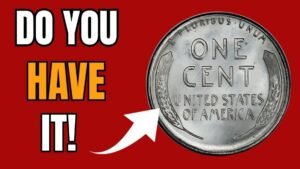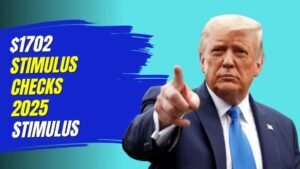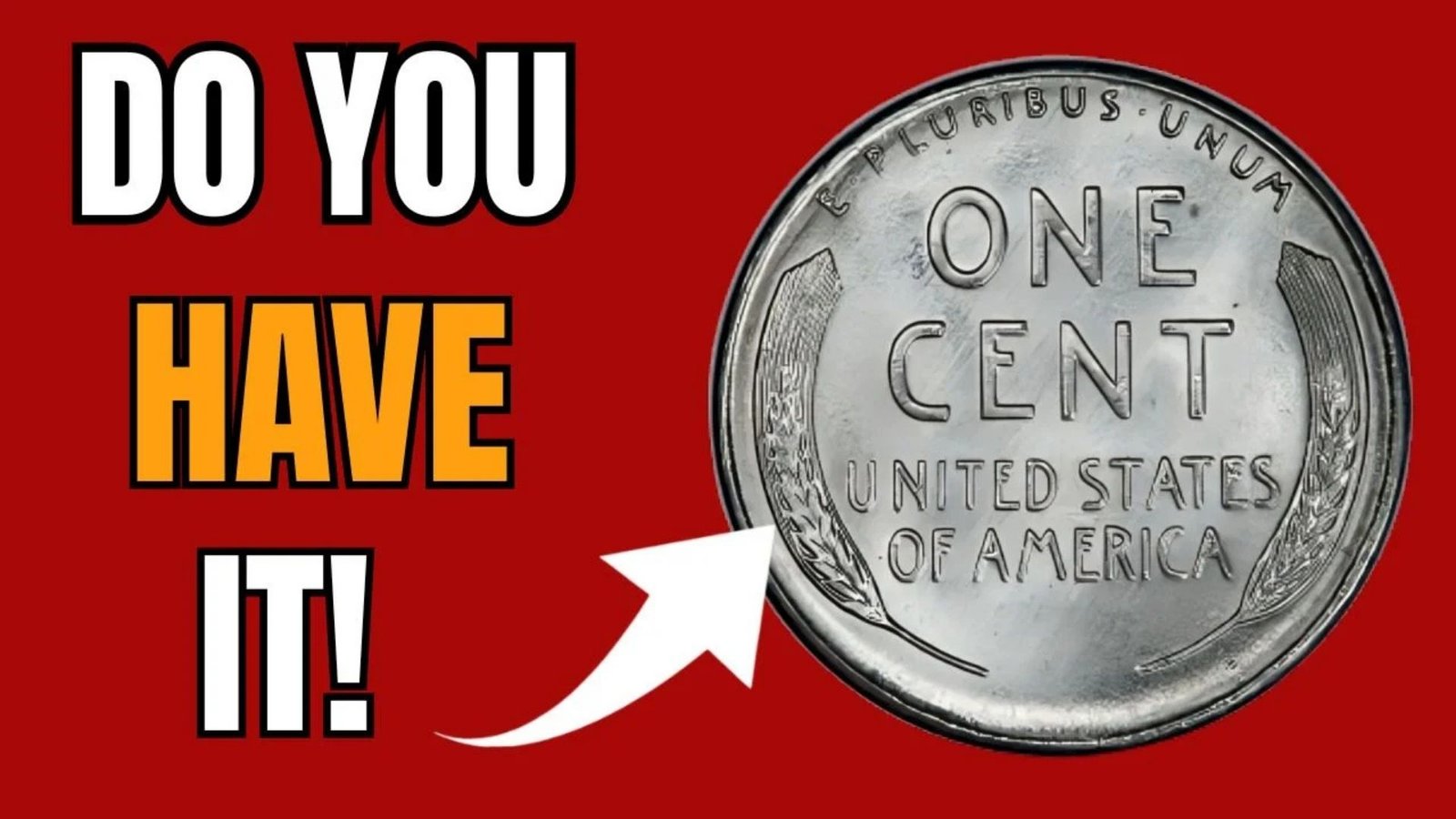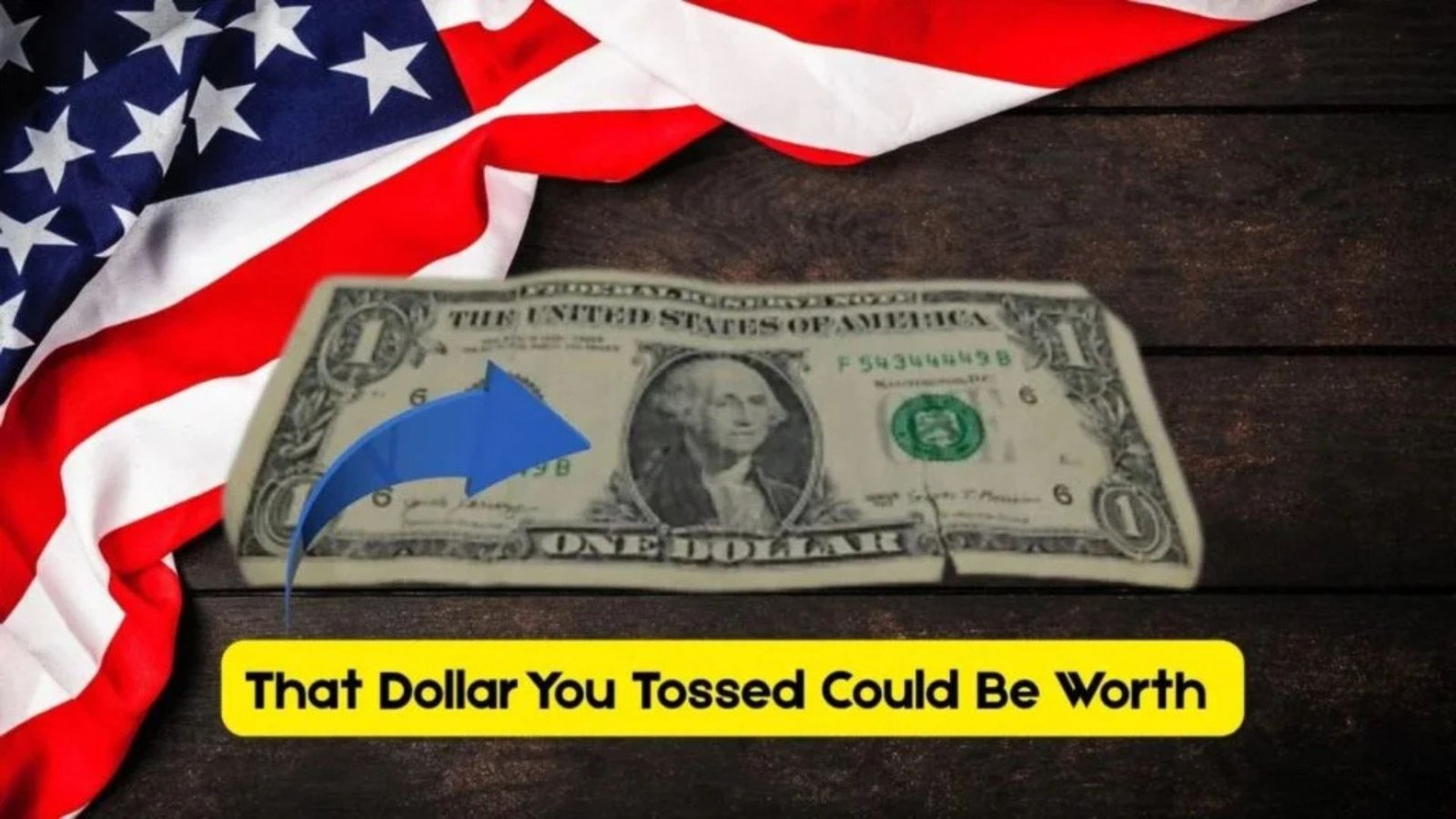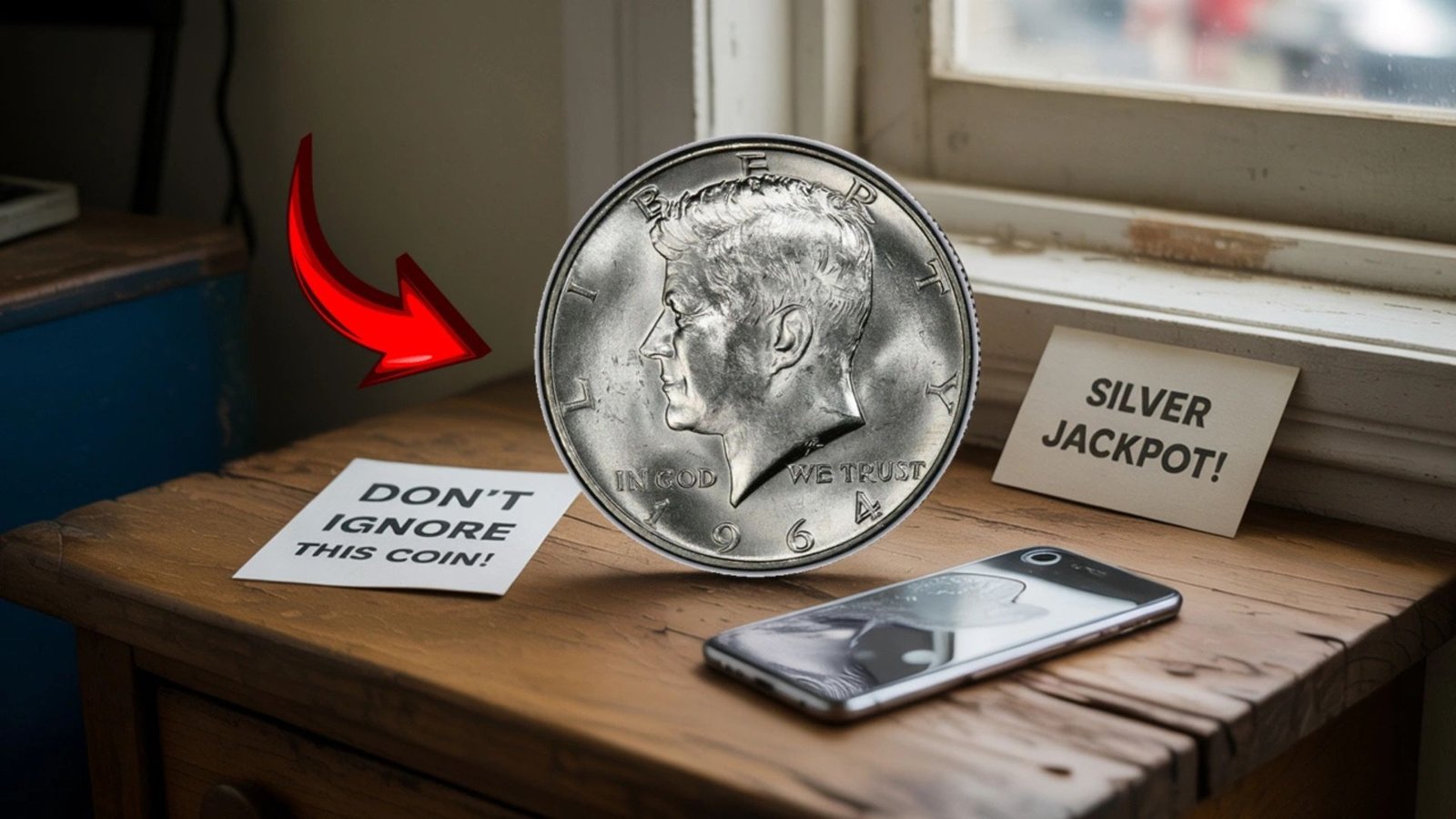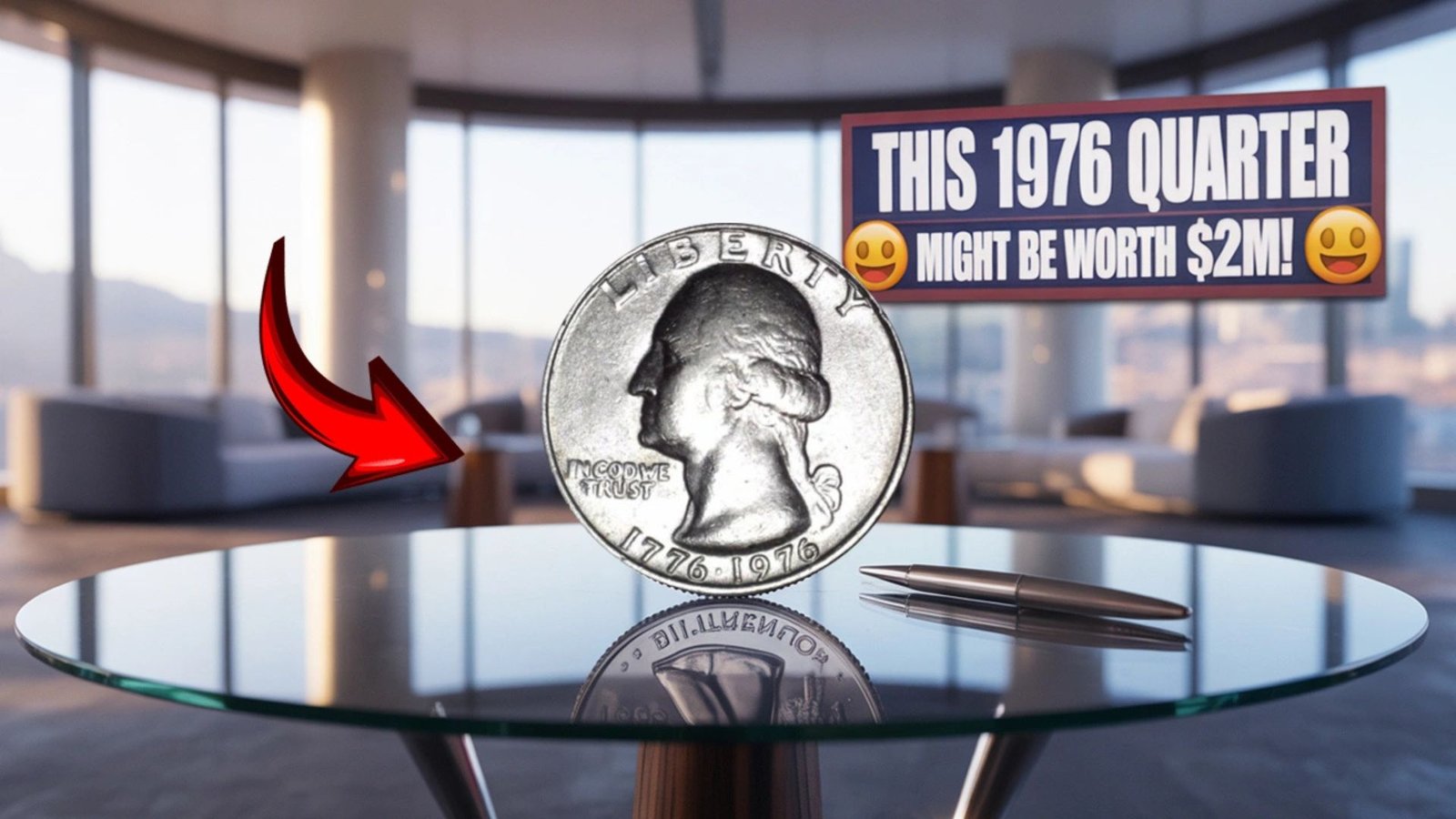In 1976, the United States minted special quarters to celebrate the country’s 200th anniversary, known as the Bicentennial. These coins feature a unique design with a colonial drummer on the back and the years “1776-1976” to mark the occasion. While millions of these quarters were made, a few rare ones could be worth a fortune—some even valued at millions of dollars! Imagine finding one in your pocket change! This article explores the rare Bicentennial Quarter, why it’s so valuable, and how you might spot one.
What Makes the Bicentennial Quarter Special?
The Bicentennial Quarter was created to honor America’s 200th birthday. Unlike regular quarters, it has a distinct design:
- Obverse (front): Features George Washington’s portrait, like most quarters.
- Reverse (back): Shows a colonial drummer, a torch, and 13 stars to represent the original colonies.
- Dates: Displays “1776-1976” instead of a single year.
Most of these quarters are worth just 25 cents, but a few rare versions have caught the attention of collectors worldwide due to unique errors or features.
Why Are Some Bicentennial Quarters So Valuable?
Certain Bicentennial Quarters are worth millions because of rare mistakes or special characteristics made during production. These errors make them one-of-a-kind, driving up their value among collectors. Here are the key reasons some are so valuable:
1. Minting Errors
Mistakes during the coin-making process can create unique coins. For example:
- Double Die Errors: The design is stamped twice, slightly offset, making the text or image appear doubled.
- Off-Center Strikes: The design is misaligned, with parts of the coin blank.
- Wrong Metal Errors: Some quarters were accidentally made with materials meant for other coins, like silver instead of copper-nickel.
2. Silver Composition
Most Bicentennial Quarters were made of copper-nickel, but a small number were struck in 40% silver for special collector sets. If a silver quarter accidentally entered circulation, it’s far more valuable than its copper-nickel counterparts.
3. Condition and Rarity
Coins in excellent condition (called “mint condition”) or those with rare errors are highly sought after. The fewer that exist, the higher the price collectors are willing to pay.
How to Identify a Valuable Bicentennial Quarter
Finding a rare Bicentennial Quarter requires knowing what to look for. Here’s a simple guide to help you spot one:
Check the Date
Look for the “1776-1976” date on both sides of the coin. This confirms it’s a Bicentennial Quarter.
Inspect for Errors
Use a magnifying glass to check for:
- Doubling: Look at the text or drummer image for any blurry or doubled appearance.
- Misalignment: See if the design is off-center or missing parts.
- Unusual Color: A silver-colored quarter might indicate a rare silver composition.
Examine the Mint Mark
The mint mark is a small letter on the coin showing where it was made:
- D: Denver Mint
- S: San Francisco Mint (often silver for collector sets)
- No Mark: Philadelphia Mint
Quarters with an “S” mark could be silver, increasing their value.
Coin Condition
Check for wear and tear. Coins that look brand new, with sharp details and no scratches, are more valuable. Professional grading services, like PCGS or NGC, can evaluate a coin’s condition.
Key Features of a Valuable Bicentennial Quarter
| Feature | Description | Why It’s Valuable |
|---|---|---|
| Double Die Error | Text or image appears doubled due to a minting mistake. | Rare error, highly sought by collectors. |
| Off-Center Strike | Design is misaligned, leaving blank areas on the coin. | Unique appearance increases collectible value. |
| Silver Composition | Made with 40% silver instead of copper-nickel. | Silver coins are rarer and more valuable. |
| Mint Mark (S) | “S” indicates San Francisco Mint, often used for silver collector coins. | Silver “S” coins are scarce in circulation. |
| Mint Condition | Coin shows no wear, with sharp details. | High-grade coins fetch higher prices. |
Where Might You Find a Rare Bicentennial Quarter?
These valuable quarters could still be in circulation, meaning you might find one in everyday places like:
- Pocket Change: Check coins you receive from stores or vending machines.
- Coin Rolls: Banks sell rolls of quarters that might contain a rare one.
- Old Collections: Family heirlooms or forgotten coin jars could hold treasures.
- Flea Markets or Garage Sales: People may unknowingly sell valuable coins.
How Much Is a Rare Bicentennial Quarter Worth?
The value depends on the coin’s condition, error, and rarity. Here’s a breakdown:
- Common Bicentennial Quarters: Worth face value (25 cents) unless in pristine condition.
- Error Coins: Can range from $100 to thousands, depending on the error’s severity.
- Silver Quarters: Often worth $10-$50, but rare ones can reach higher.
- Ultra-Rare Coins: Some with unique errors have sold for millions at auctions. For example, a 1976 Bicentennial Quarter with a dramatic double die error reportedly sold for over $2 million!
Always have a professional appraiser or coin dealer evaluate a potentially valuable quarter to confirm its worth.
Tips for Coin Collectors
If you’re excited about hunting for a rare Bicentennial Quarter, here are some tips:
- Learn About Coins: Study coin collecting (numismatics) to understand errors and values.
- Use Proper Tools: A magnifying glass and good lighting help spot errors.
- Join Coin Communities: Online forums or local coin clubs can offer advice and updates.
- Store Coins Safely: Use protective holders to keep coins in good condition.
- Get Professional Grading: Services like PCGS or NGC can certify a coin’s authenticity and grade.
Conclusion
The Bicentennial Quarter is more than just a piece of change—it’s a piece of American history with the potential to be worth millions. While most are worth only 25 cents, rare versions with minting errors or silver composition could make you rich. By learning what to look for, like double die errors or an “S” mint mark, you can start checking your change for a hidden treasure. Whether you’re a seasoned collector or just curious, the hunt for a rare Bicentennial Quarter is an exciting adventure. So, grab a magnifying glass and start looking—you never know what you might find!
FAQ
What is a Bicentennial Quarter?
A Bicentennial Quarter is a special U.S. quarter minted in 1976 to celebrate America’s 200th anniversary. It features a colonial drummer on the back and the dates “1776-1976.”
How can I tell if my quarter is valuable?
Check for minting errors like doubling or misalignment, look for an “S” mint mark, and see if it’s silver. Have it appraised by a professional for an accurate value.
Where can I find a rare Bicentennial Quarter?
You might find one in pocket change, bank coin rolls, old collections, or at flea markets. Always inspect coins closely for rare features.
Why are some quarters worth millions?
Rare quarters have unique errors, like double die or off-center strikes, or are made of silver. Their scarcity and condition drive up their value.
Should I clean my quarter to make it look better?
No, cleaning a coin can damage it and lower its value. Keep it in its original condition and consult a professional for advice.


